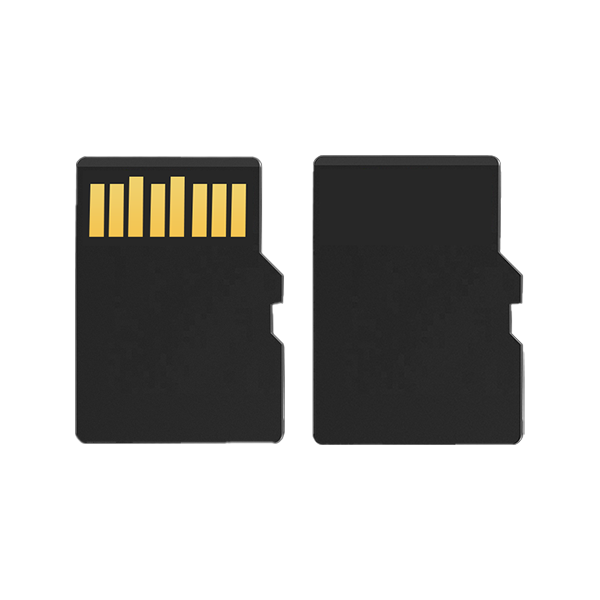Design Custom OEM Flash Drive NVMe SSD Producer in China
The durability of storage devices is a critical factor in the world of technology, where data integrity and system reliability are paramount. The OEM NVMe SSD, or Original Equipment Manufacturer Non-Volatile Memory Express Solid State Drives, is at the front of this domain, offering high-speed data access and robust performance. However, the question of their durability remains a significant concern for users and IT professionals alike. This comprehensive analysis delves into the durability aspects of OEM NVMe SSDs, examining the factors that contribute to their longevity and reliability in various computing environments.
OEM NVMe SSDs are designed to meet the specific needs of the systems they are integrated into, often providing tailored solutions that enhance the overall performance of the device. Their durability is a result of a combination of factors, including the quality of the NAND flash memory used, the controller's efficiency, and the implementation of wear-leveling algorithms. These drives are subjected to rigorous testing during the manufacturing process to ensure they can withstand the demands of high-speed data transfer and the physical stress of constant use.
One of the key indicators of an OEM NVMe SSD's durability is its endurance rating, which is measured in terms of the number of program/erase (P/E) cycles it can handle. High-endurance OEM NVMe SSDs are designed to handle a large number of P/E cycles, making them suitable for write-intensive applications such as databases and logging systems. The use of high-quality NAND flash memory, such as TLC (Triple-Level Cell) or QLC (Quad-Level Cell), also plays a significant role in determining the lifespan of these drives.
Another aspect of durability is the resistance of OEM NVMe SSDs to various environmental factors. These drives are often built to withstand temperature fluctuations, humidity, and even shock and vibration, which are common in mobile and industrial applications. The enclosure and construction of the SSD contribute to its ability to protect the delicate internal components from external damage.
The firmware and software optimizations provided by the OEM also play a crucial role in the durability of NVMe SSDs. Intelligent algorithms can predict and mitigate potential failures, while firmware updates can improve the drive's performance and reliability over time. Additionally, features like power loss protection and secure erase functions help maintain the integrity of the data and the health of the drive.
It's also important to consider the role of the SSD's controller in its overall durability. A high-quality controller can manage data traffic efficiently, reducing the stress on the NAND flash memory and prolonging its life. Moreover, a robust controller can handle error correction and data recovery tasks, ensuring that the drive continues to operate smoothly even in the face of potential data corruption.
In conclusion, the durability of OEM NVMe SSDs is a multifaceted attribute that encompasses the quality of materials, design, and engineering that go into their construction. By understanding the factors that contribute to their longevity, users can make informed decisions when selecting storage solutions for their high-performance computing needs. OEM NVMe SSDs, with their combination of high-speed performance and robust durability, are poised to continue guiding the way of data storage technology.
 EN
EN CN
CN ES
ES RU
RU








